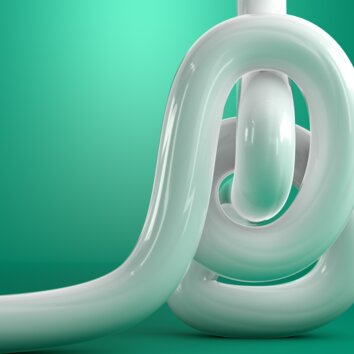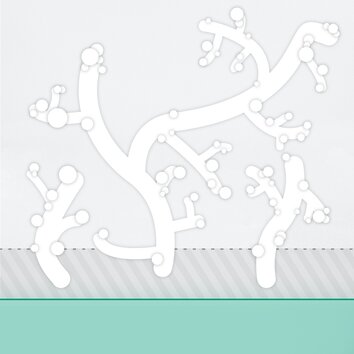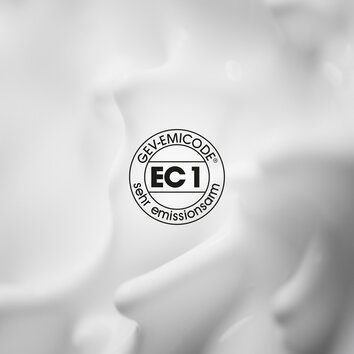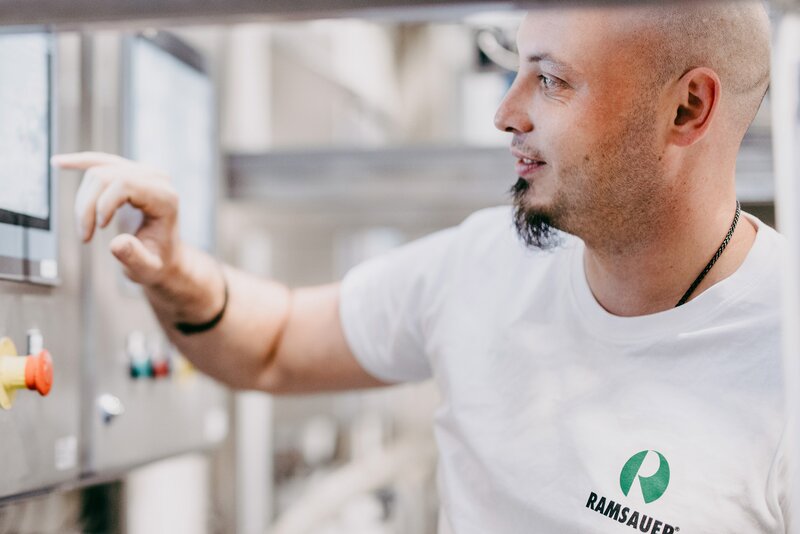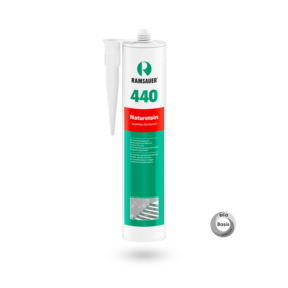
It is hard to imagine the modern world without plastic. It's light, robust and can be used almost universally – plastic is particularly practical as a packaging material and is therefore also used for cartridges of adhesives and sealants. No wonder, then, that the annual production of plastic worldwide is around 400 million tonnes. Major disadvantage: plastic takes about 450 years to decompose. So it is all the more important to put as little new plastic into circulation as possible.
High-quality adhesives in recycled cartridges
Ramsauer has been working on offering materials in recycled cartridges for some time now and is also converting existing products to sustainable packaging in the process. 652 Tech Fix was specially developed for electrical installation and building services work and has been available in a cartridge made from 50% recyclate from the start. But existing products are also being revised accordingly. From now on, the popular adhesive Dicht Kleber 640 will not only impress with its versatile application possibilities and excellent adhesive properties, but also in terms of sustainability. In addition, both products can be recycled even more effectively after emptying thanks to a special NIR marker.
What is recyclate?
The term recyclate stands for substances that consist partly or entirely of recycled materials. The idea is to turn waste back into the products it once was. Most often, the term is used in connection with plastic.
Not every plastic is suitable for recycling. For example, the following types can be reprocessed:
- PE = Polyethylene
- PP = Polypropylene
- PET = Polyethylene terephthalate
- PVC = Polyvinyl chloride
How is a recycled cartridge created?
For the production of packaging from recyclate, used plastics are given a new lease of life, so to speak. This starts at the place where it later ends: with the consumers. Plastics can only be recycled if they are properly disposed of. The disposed plastic is sorted and shredded into granules in large processing plants. This can then be melted and used as a raw material for new packaging, such as cartridges.

Recycled cartridges for a better environment
Recycled plastic has almost the same properties as new plastic in terms of resistance and weight. In addition, the use of recycled plastics makes an important contribution to sustainability. For example, cartridges with recycled content mean that less new plastic has to be produced. Instead, plastics are used that already have already been through a life cycle. This saves valuable raw materials and energy. Experts estimate that each tonne of recycled material saves between 1.45 and 3.22 tonnes of CO2. (Source: Hochschule Magdeburg Stendal)
The more products end up in recycled packaging, the better for the environment. Ramsauer therefore continuously re-examines which adhesives and sealants can be filled in recycled cartridges.

